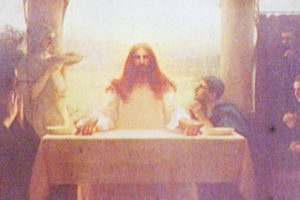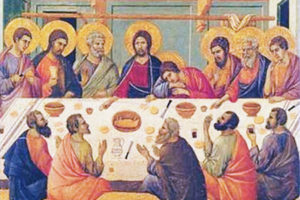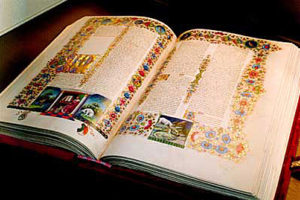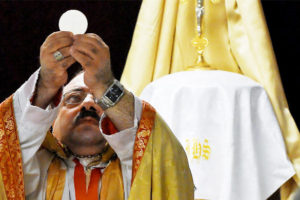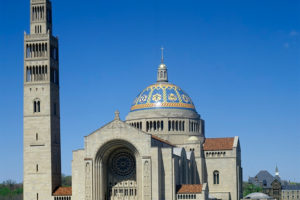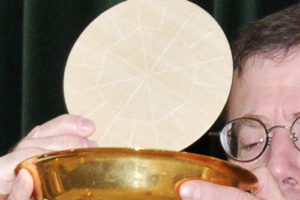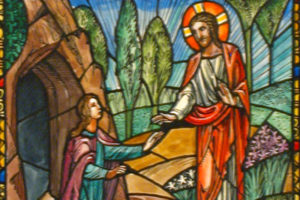CATHOLIC FAITHLINK: “Mass on the Move – A Homily for the Third Sunday of Easter” – Archdiocese of Washington/Msgr. Charles Pope 4.29.17
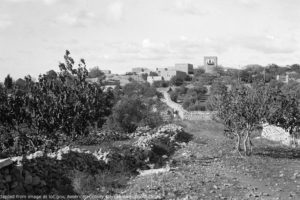
“In today’s Gospel we encounter two discouraged and broken men making their way to Emmaus. The text describes them as ‘downcast.’ …. They are also moving in the wrong direction, West, away from Jerusalem, away form the resurrection. They have their backs to the Lord, rising in the East. The men cannot see or understand God’s Plan. They cannot ‘see’ that He must be alive, just as they were told. They are quite blind as to the glorious things that happened hours before. In this, they are much like us, who also struggle to see and understand that we have already won the victory. Too easily our eyes are cast downward in depression rather than upward in faith. …”

